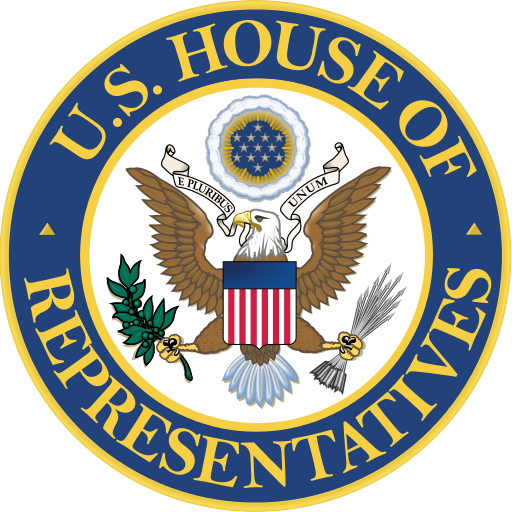Five Important Facts About 21st Century Cures Act

Last week the House passed the 21st Century Cures Act (H.R. 6) in 344-77 vote. The bipartisan bill, which intends to accelerate the pathway for innovative medical technologies, was introduced by Rep. Fred Upton (R- Mich) and co-sponsored by Rep. Diana DeGette (D-Colo) in May. It has received the support of industry and trade associations, including AdvaMed and MDMA.
Five ways the 21st Century Cures Act affects the medical device industry
- Combination products: Final guidance that outlines responsibilities of each agency during the review process (within 18 months of enactment)
- FDA must establish a program for priority review of breakthrough devices (devices for which there are no approved alternative technologies, or devices that provide significant benefits over approved products).
- Improvements to the product review process: FDA must establish a third-party quality system assessment program. The program would consist of accredited persons to assess the safety and effectiveness of changes made to medical devices.
- “Valid Scientific Evidence” defined to include evidence in case histories and registry data, studies published in peer-reviewed journals, and data collected in countries outside the United States (OUS data must meet certain criteria).
- Humanitarian device exemption: FDA must publish a draft guidance defining criteria for establishing “probably benefit” as it is used in FD&C Act.
“The bill includes a number of proposals designed to strengthen the innovation ecosystem and support the development of life-saving, life-enhancing medical technology. This includes key improvements to FDA’s premarket program for medical devices—most significantly the establishment of an expedited pathway for breakthrough, innovative technologies—which will increase the efficiency, predictability and transparency of the agency’s review process and improve patient access to the best in medical progress,” said AdvaMed President Stephen Ubl in an association release. “The bill also provides resources to FDA to implement these important reforms and would exempt industry-paid user fees from the threat of sequestration.”
The Act also allows for additional hiring of personnel within CDRH, CBER and CDER and provides additional funding to the National Institutes of Health to the tune of $8.75 billion over the next five years.
The next stop for H.R. 6 is the Senate.